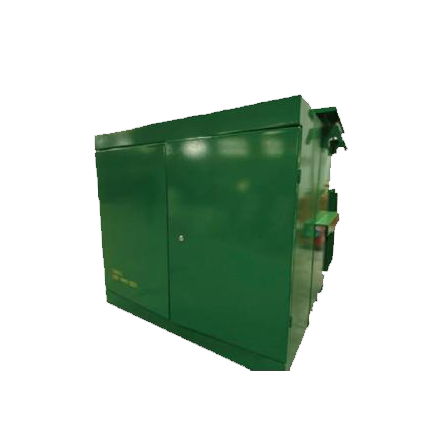Hospital Waste Incinerator: Understanding Categorization & Environmental Impact
3 min readHospital waste incinerators: the necessary evil. While hospitals save lives, they also generate a significant amount of hazardous waste that demands proper disposal. Enter hospital waste incinerators - the unsung heroes of healthcare facilities. These specialized units efficiently dispose of medical waste through high-temperature burning, reducing it to harmless ash and gases.
We'll explore their environmental impact, operational benefits, and advancements in technology that make them safer and more efficient than ever before. Stay tuned as we uncover how these machines have evolved from polluters to eco-friendly solutions for managing medical waste.
Importance of Medical Waste Incineration in Public Health
Preventing Spread of Infectious Diseases
Medical waste incineration plays a crucial role in preventing the spread of infectious diseases. When contaminated items like used needles, bandages, and other medical supplies are not disposed of properly, they can become breeding grounds for harmful pathogens. By using a hospital waste incinerator, these infectious materials are destroyed at high temperatures, effectively eliminating the risk of spreading diseases to healthcare workers, patients, and the public.
Incineration is especially important for disposing of highly contagious materials such as those from isolation units or operating rooms where blood-borne pathogens may be present. This method ensures that potentially dangerous microorganisms are completely eradicated before the waste is released back into the environment.
Reducing Volume and Weight
Another significant benefit of medical waste incineration is its ability to reduce both volume and weight. Medical facilities produce a substantial amount of waste daily, including disposable gloves, gowns, and packaging materials. Without proper disposal methods like incineration, this would quickly lead to overfilled landfills or pose risks during transportation due to increased weight.
By burning medical waste at high temperatures within specialized hospital incinerators designed for this purpose specifically reduces its volume by up to 90%. This significantly minimizes the space required for landfill disposal while also decreasing transportation costs associated with heavier loads.
Eliminating Hazardous Substances
Medical waste often contains hazardous substances such as chemicals from laboratories or expired medications that require careful handling. Hospital waste incinerators help eliminate these hazardous components effectively. The intense heat generated during incineration breaks down organic compounds while destroying toxic substances found in pharmaceuticals and chemical reagents.
This process prevents these harmful elements from leaching into soil or water sources when improperly disposed in landfills or open dumping sites. It's essential for protecting human health and preventing environmental contamination caused by exposure to these hazardous materials.
Regulatory Framework for Hospital Waste Incineration Facilities
Overview of Regulations
Hospital waste incinerators are subject to stringent government regulations to ensure the safe and environmentally responsible disposal of medical waste. These regulations outline specific guidelines for the operation, emissions, and waste disposal practices of these facilities. The Mact regulations (Maximum Achievable Control Technology) set by regulatory bodies play a crucial role in ensuring that hospital waste incinerators adhere to strict emission standards.
These regulations are designed to protect both public health and the environment by controlling the release of harmful substances such as furans, dioxins, and particulate matter into the atmosphere during the incineration process. They address proper waste handling procedures to minimize potential risks associated with hazardous medical waste.
Compliance Requirements
Compliance with emission standards is a fundamental requirement for hospital waste incineration facilities. They must utilize advanced control devices such as scrubbers, filters, and electrostatic precipitators to limit emissions of harmful pollutants like furans and particulate matter. Regular monitoring and assessment are essential components of compliance efforts.
In addition to emission standards, proper disposal practices also form a critical aspect of compliance requirements. After undergoing the incineration process, residual ash containing potentially hazardous materials must be managed according to established guidelines. This may involve secure landfilling or other approved methods that prevent any adverse impact on human health or the surrounding community.
Role of Regulatory Agencies
Regulatory agencies play a pivotal role in overseeing hospital waste incinerator operations through comprehensive inspections and enforcement activities. These agencies work closely with facility management teams to ensure that all necessary measures are implemented for emissions control and safe disposal practices.
Furthermore, regulatory bodies often collaborate with expert committees dedicated to assessing environmental impacts associated with hospital waste incineration sites. This collaborative approach ensures that decisions regarding operational permits or modifications consider input from various stakeholders including local communities affected by these facilities.
Ms Grace
hrincinerator@163.com

